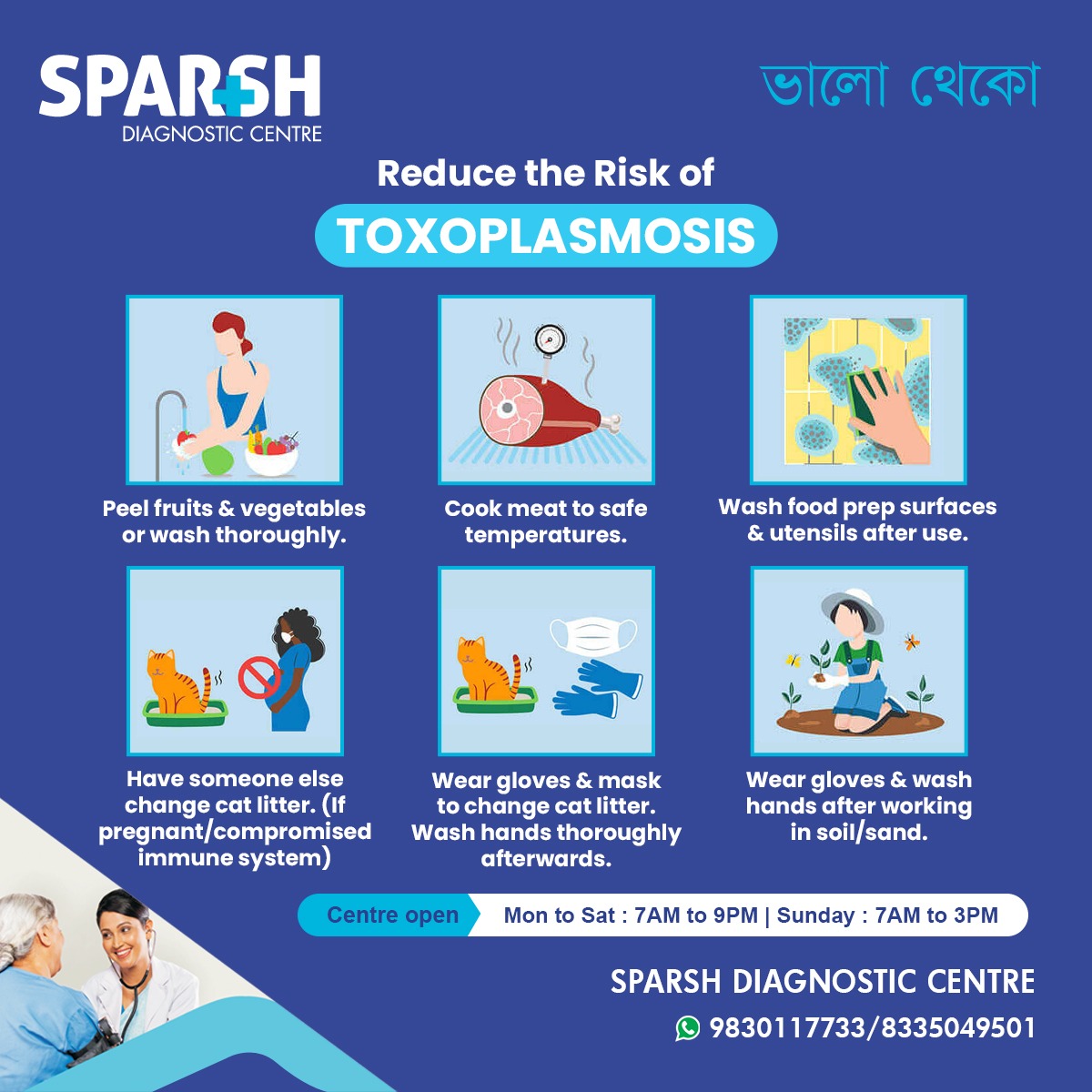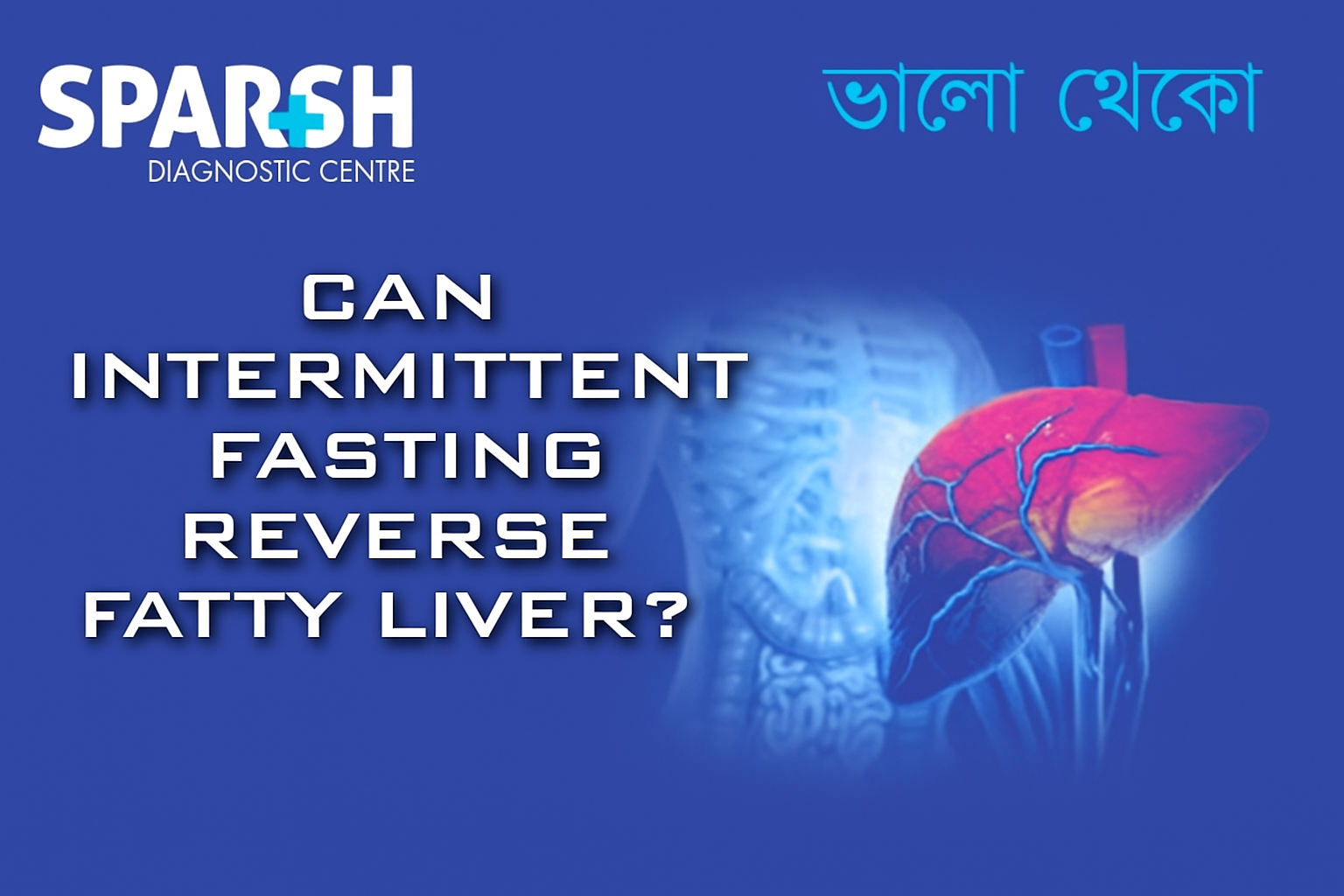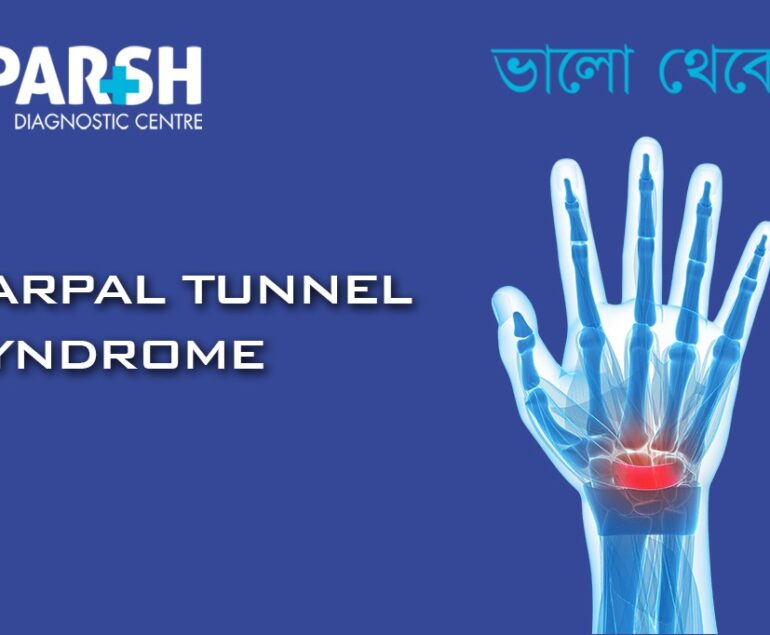Toxoplasmosis is a parasitic infection caused by Toxoplasma gondii — one of the most common parasites worldwide. While it usually causes mild or no symptoms in healthy individuals, it can lead to serious complications in pregnant women and people with weakened immune systems.
What is Toxoplasmosis?
Toxoplasmosis is an infection caused by the single-celled parasite Toxoplasma gondii. This parasite can infect most warm-blooded animals, including humans, but cats are its primary hosts.
Humans typically become infected through:
Eating undercooked or contaminated meat
Contact with cat feces (such as when cleaning litter boxes)
Consuming unwashed fruits and vegetables
Mother-to-child transmission during pregnancy
Once infected, the parasite can remain dormant in the body, often causing no symptoms — but it may reactivate if the immune system becomes weakened.
Causes and Transmission
Toxoplasma gondii spreads through several routes:
1. Foodborne Transmission
Consuming raw or undercooked meat, particularly pork, lamb, or venison, can transmit the parasite. Contaminated cooking surfaces or utensils can also cause infection.
2. Animal-to-Human Transmission
Cats become infected after eating infected rodents or birds. The parasite is then shed in their feces, contaminating litter boxes, soil, or sand. Handling cat litter or gardening without gloves increases exposure risk.
3. Mother-to-Child Transmission (Congenital Toxoplasmosis)
If a woman becomes infected during pregnancy, the parasite can cross the placenta and infect the baby, potentially causing miscarriage or severe birth defects.
4. Contaminated Water or Produce
Fruits, vegetables, and water contaminated with oocysts from cat feces can also be sources of infection.
5. Rare Causes
In rare cases, transmission can occur through organ transplantation or blood transfusion from an infected donor.
Who is at Risk?
While anyone can get toxoplasmosis, certain groups are more vulnerable:
Pregnant women who have not been previously infected
Newborns of mothers infected during pregnancy
People with weakened immune systems (HIV/AIDS, cancer patients, organ transplant recipients)
Individuals handling raw meat or working in soil
Symptoms of Toxoplasmosis
Most healthy people show no symptoms. However, some may develop mild flu-like symptoms, including:
Muscle aches
In severe or reactivated infections, symptoms may include:
Blurred vision or eye pain (ocular toxoplasmosis)
Headache, confusion, or seizures (in cerebral toxoplasmosis)
Poor coordination and lung issues in immunocompromised individuals
In newborns, congenital toxoplasmosis may cause:
Enlarged liver and spleen
Hearing loss
Vision problems
Developmental delays
How Toxoplasmosis is Diagnosed
Diagnosis involves specialized blood and imaging tests to confirm infection and assess its severity.
1. Blood Tests
Blood tests detect antibodies against Toxoplasma gondii:
IgM antibodies indicate a recent infection.
IgG antibodies suggest past infection or immunity.
2. Amniocentesis (in Pregnancy)
If a pregnant woman is diagnosed, amniotic fluid may be tested to determine if the infection has passed to the fetus.
3. Imaging Tests
CT or MRI scans may be used to detect lesions in the brain or other organs in severe cases.
4. Eye Examination
Ophthalmologic tests can identify ocular toxoplasmosis if the retina is inflamed.
Treatment of Toxoplasmosis
Treatment depends on the patient’s health status and severity of infection.
In Healthy Individuals
If you’re otherwise healthy and asymptomatic, treatment might not be necessary. The infection often resolves on its own.
In Pregnant Women or Immunocompromised Patients
Treatment typically includes antiparasitic medications such as:
Pyrimethamine (an antimalarial drug)
Sulfadiazine (an antibiotic)
Folinic acid (to protect against side effects)
For pregnant women, a drug called spiramycin may be used to reduce fetal transmission risk.
In Ocular Toxoplasmosis
A combination of antibiotics and corticosteroids may be prescribed to control inflammation and prevent vision loss.
Prevention: How to Reduce the Risk of Toxoplasmosis
The best defense against toxoplasmosis is prevention. Follow these hygiene and safety tips to minimize risk:
1. Peel or Wash Fruits and Vegetables Thoroughly
Dirt and residues on produce may contain parasite eggs. Wash all fruits and vegetables before eating — even those you plan to peel.
2. Cook Meat to Safe Temperatures
Avoid eating raw or undercooked meat. Cook meat thoroughly until it reaches an internal temperature that kills Toxoplasma gondii.
3. Clean Food Preparation Surfaces and Utensils
Always wash cutting boards, knives, and counters after handling raw meat or vegetables.
4. Handle Cat Litter Safely
If you are pregnant or have a weakened immune system, have someone else clean the litter box.
If you must do it yourself, wear gloves and a mask, and wash your hands thoroughly afterward.
Change the litter daily since the parasite takes 1–5 days to become infectious.
5. Practice Safe Gardening
Toxoplasma oocysts can survive in soil for months. Wear gloves while gardening or working with soil and wash your hands afterward.
6. Avoid Untreated Water
Drink only filtered or boiled water to prevent infection through contaminated sources.

Special Precautions for Pregnant Women
Pregnant women who have not been previously infected should take extra care to prevent exposure. Key precautions include:
Avoid handling cat litter or raw meat.
Wear gloves when gardening.
Wash all fruits and vegetables thoroughly.
Opt for regular prenatal screening if recommended by your doctor.
If infection occurs early in pregnancy, early diagnosis and treatment are essential to minimize the risk of congenital toxoplasmosis.
Diagnosis and Testing at Sparsh Diagnostic Centre
At Sparsh Diagnostic Centre, we offer advanced testing for toxoplasmosis, including:
Serological tests for IgM and IgG antibodies
PCR tests for detecting parasite DNA in blood or amniotic fluid
Fetal and maternal monitoring for pregnancy-related infections
Our expert clinicians and diagnostic technologists ensure accurate, timely, and reliable results for early intervention and care.
Complications of Toxoplasmosis
In most people, toxoplasmosis is harmless. However, complications can arise in certain cases:
1. Congenital Toxoplasmosis
If transmitted to the baby during pregnancy, it can lead to severe developmental and neurological issues.
2. Ocular Toxoplasmosis
The infection can damage the retina, leading to blurred vision, eye pain, and in severe cases, blindness.
3. Cerebral Toxoplasmosis
In individuals with compromised immune systems, it can cause inflammation of the brain, seizures, or coma.
4. Systemic Infection
In rare cases, toxoplasmosis can affect the lungs, heart, and liver.
Living with Toxoplasmosis
Most people with toxoplasmosis recover fully and develop lifelong immunity. However, for immunocompromised individuals, regular medical follow-ups are essential.
Maintaining good hygiene, eating well-cooked food, and following prescribed medications can help prevent reactivation.
| Aspect | Details |
|---|---|
| Causative Agent | Toxoplasma gondii |
| Transmission | Raw meat, cat feces, contaminated soil or water |
| At-Risk Groups | Pregnant women, immunocompromised individuals |
| Symptoms | Fever, muscle pain, swollen lymph nodes, eye pain |
| Diagnosis | Blood tests (IgM/IgG), PCR, imaging |
| Treatment | Pyrimethamine + Sulfadiazine + Folinic acid |
| Prevention | Cook meat well, wash produce, handle litter safely |
Frequently Asked Questions (FAQs)
1. Can toxoplasmosis spread from person to person?
No, it usually doesn’t spread person-to-person, except from mother to child during pregnancy or via organ transplants/blood transfusions.
2. How do I know if I have toxoplasmosis?
You may not have noticeable symptoms. A blood test at a diagnostic centre like Sparsh Diagnostic Centre can confirm if you’re infected.
3. Is toxoplasmosis dangerous during pregnancy?
Yes, it can harm the unborn baby if the mother becomes infected for the first time during pregnancy. Early testing is crucial.
4. Can I keep my cat if I’m pregnant?
Yes, you can, but take precautions: avoid handling cat litter directly and ensure your cat’s food is cooked, not raw.
5. How long does the infection last?
In healthy individuals, symptoms usually resolve within weeks. The parasite can remain dormant in tissues for life but rarely causes further problems.
6. Can toxoplasmosis cause blindness?
Yes, if it affects the retina (ocular toxoplasmosis), it can cause blurred vision or vision loss.
7. Is there a vaccine for toxoplasmosis?
Currently, there is no approved vaccine for humans. Prevention relies on hygiene and safe food handling.
Get Tested at Sparsh Diagnostic Centre
Early detection can make all the difference.
If you experience unexplained fever, swollen glands, or are pregnant and want to ensure your baby’s safety, visit Sparsh Diagnostic Centre, for accurate toxoplasmosis testing and expert guidance.
#BhaloTheko
Disclaimer:
No content on this site, regardless of date, should ever be used as a substitute for direct medical advice from your doctor or other qualified clinician.

![]()






[…] (e.g., Toxoplasma gondii in immunocompromised […]
[…] Toxoplasmosis is one example. […]